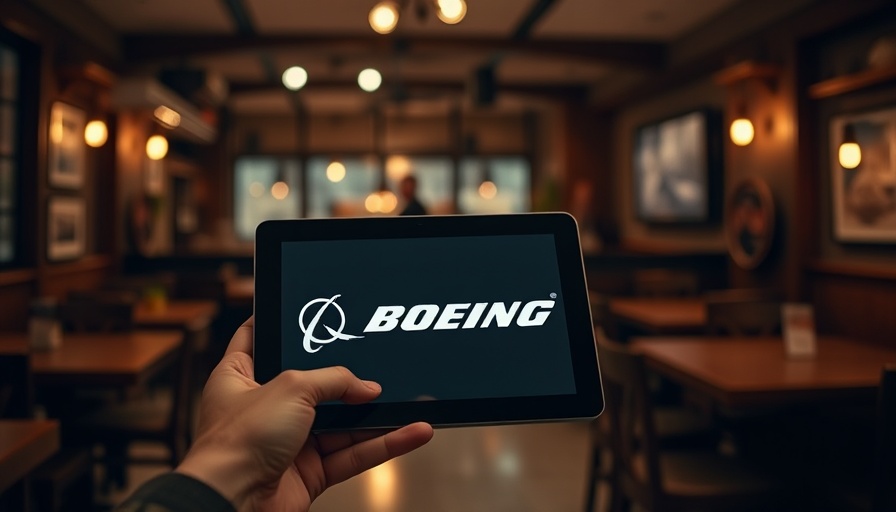
In the Wake of Crises: Rebuilding Trust at Boeing
After a series of catastrophic failures, including two fatal crashes in 2018 and 2019 and a recent mid-air emergency involving a new Boeing 737 MAX, Boeing is under intense scrutiny. U.S. Transportation Secretary Sean Duffy's remarks highlight the dire situation, stating that Boeing has not yet restored the trust it lost with the American public. This trust, as Duffy asserts, is crucial for a company that plays a pivotal role in aviation safety.
Why Oversight Is Imperative for Boeing's Future
The Federal Aviation Administration (FAA) has imposed a production cap of 38 planes per month on Boeing’s 737 MAX model, a decision stemming from ongoing safety concerns. This limitation signals a commitment to ensuring the safety of aircraft production processes. As Secretary Duffy noted, despite some progress made under new leadership, Boeing still requires "tough love" from regulators to ensure that manufacturing standards meet safety protocols. This oversight is critical, especially after the alarming January incident where a 737 MAX experienced a dangerous blowout due to missing bolts, which could have led to disastrous consequences.
Linking Previous Failures to Current Oversight
Boeing's troubles can be traced back to a culture that prioritized production efficiency over rigorous safety standards. As highlighted in the FAA's testimony before the Senate, the agency's oversight model is currently viewed as inadequate. A report from the Transportation Department’s inspector general criticized the FAA for failing to address systemic issues at Boeing, emphasizing the need for a comprehensive strategy to monitor production effectively. The report outlines 16 recommendations aimed at enhancing the FAA’s oversight functions and ensuring that Boeing implements strategic changes to its safety practices.
Public Sentiment: Evolving Perspectives on Boeing
In the wake of previous failures, public sentiment towards Boeing has shifted from anger and distrust to cautious optimism as the company publicly commits to improvements in safety and quality. Duffy's comments reflect a growing sentiment among some stakeholders that with the right regulatory pressure, Boeing can emerge from this crisis with a renewed commitment to safety. However, this optimism must be tempered with vigilance; the public’s health and safety depend on an unwavering commitment from both Boeing and regulatory bodies alike to prioritize these values above all else.
Challenges Ahead: The Path Forward for Boeing
The plan presented by Boeing to the FAA, aimed at reforming its quality and safety culture, signifies a crucial move toward accountability. However, it remains to be seen whether these proposed measures will translate into tangible improvements. The FAA has committed to enhancing oversight by increasing the number of inspectors present at Boeing facilities and adopting a more involved and proactive approach to addressing safety anomalies. This paradigm shift is pivotal as executives, including Boeing's CEO Kelly Ortberg, testify before Congress regarding Boeing's recent performance and future direction.
Future Trends and Predictions in Aviation Safety
As Boeing navigates these turbulent waters, it must not only focus on recovery within its production lines but also adapt to shifting industry standards and emerging technologies. The ongoing FAA audits and increased transparency requirements signal an industry-wide pivot towards stricter safety measures. This trend could result in a redefined safety culture in aviation, stressing the importance of compliance and corporate responsibility as a means to safeguard public trust in air travel.
Conclusion: A Call for Accountability
As they grapple with the weight of public scrutiny, Boeing’s leadership must continue to champion meaningful changes to establish a safety-oriented culture. Public trust and safety are intertwined, making it crucial that both the FAA and Boeing commit to rectifying past mistakes while fostering an environment where quality assurance reigns. For now, stakeholders are urging a concerted and sustained effort to ensure that the tragedies of the past do not define the future of aviation safety.
 Add Row
Add Row  Add
Add 




 Add Row
Add Row  Add
Add 

Write A Comment